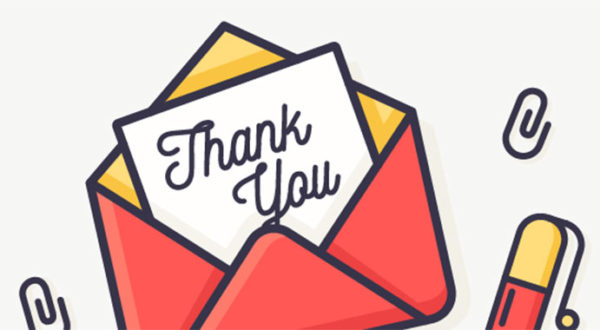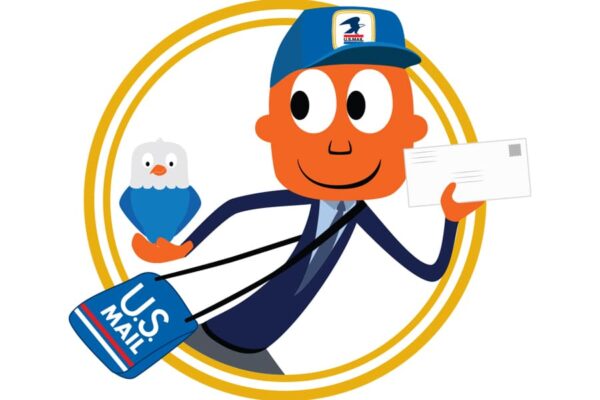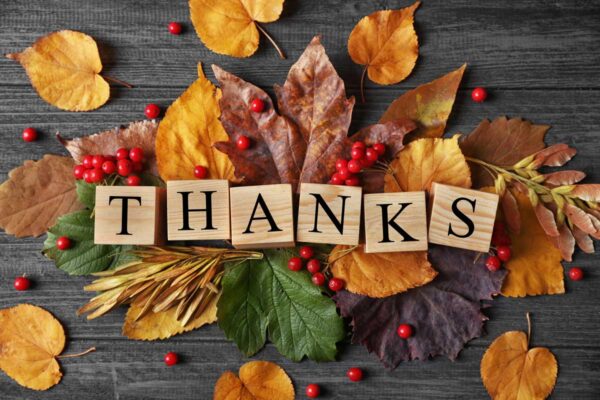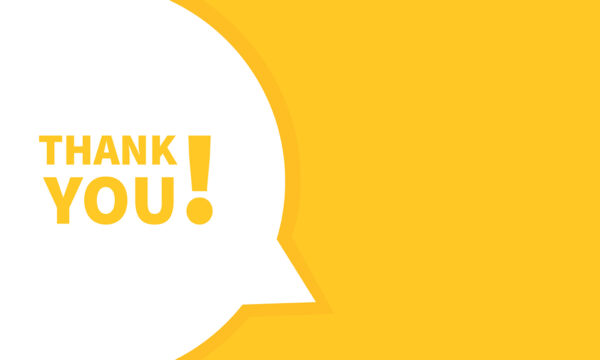The goal of your Thank You and/or Receipt package is not just to acknowledge your donor’s donation.
Any organization can do that.
Any autoreply or receipt letter can do that.
Your goal should be to make your donor feel thanked, appreciated and important.
How?
When you thank her for helping your organization do its work, you’ve made it about you, about your organization.
What you want to do is make it about her. So, thank her for her generosity. Tell her what her gift is going to do (instead of saying what your organization is going to do). Tell her how important she is to your organization.
When you do that, you’ll find that most of your Thank You/Receipt copy is about her. And less of it is about your organization.
Less about You, More about Her
Donors are inundated with requests for support. In the United States, there’s one nonprofit for every 200 people. And almost all of those organizations talk about themselves. Endlessly.
But a very few of them have learned the secret: your donors are more interested in themselves – their lives, their values, their impact – than they are in your organization.
So if you talk to donors about their lives, their values and their impact, they will finally feel like a nonprofit “gets” them. They’ll feel that there’s a nonprofit that’s working on their behalf – trying to help them do what they want to do – instead of just another nonprofit trying to sound great to get their next donation.
Do you feel the fundamental difference? The posture of gratitude for what the donor did, not for what she helped your organization do?
If you can embrace that fundamental difference, and start communicating to your donors that way, you’ll begin to build a tribe of loyal donors who will give you more gifts, larger gifts, and will give to you for longer.
This post was originally published on May 21, 2019.











